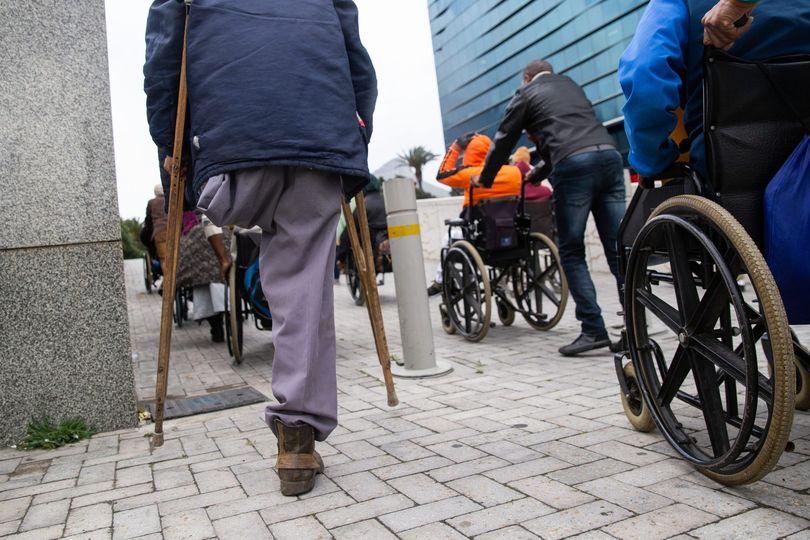By Own Correspondent
PERSONS with Disabilities (PWDs) are still facing endless barriers at workplaces on the back of calls for authorities to protect the vulnerable grouping, a new study has established.
The report titled: Ending stigma and discrimination: Breaking the cycle of poverty and marginalization of persons with disabilities emanating from a project being implemented in Mozambique, Namibia, Tanzania, and Zimbabwe, produced a situational analysis which projected a worrisome trend.
The results of this study highlighted the existence of discriminatory tendencies that include: Lack of knowledge and understanding of what disability is, absence of policy guidelines in both TVET institutions and the workplace.
“The lack of political will by those in very influential positions of authority who can possibly influence or effect change ,absence of reasonable accommodation guidelines in the TVETs for both leaners and workers, continued stigma and discrimination for persons with disabilities,” the analysis said.
It was also uncovered that those with hearing impairment continuously being marginalized because of the language barrier, absence of sign language interpreters to necessitate communication with the hearing impaired and disability being misconstrued as inability.
“Some psychosocial disabilities remaining hidden for fear of stigmatization and discrimination (non-disclosure). To address these multi-layered anomalies, the response requires a multi-stakeholder approach to implement the reasonable accommodation processes, including enabling persons with disabilities (PWDs) to speak out for themselves, among others,” the analysis said.
However, in the past employers’ have raised concerns on the cost of aligning their work-methods to accommodate PWDs, pointing out that the processes could be rolled-out at minimal cost, and they were encouraged to also leverage on the power of technology.
Globally, an estimated 15 percent of the world’s population – some 1 billion people – live with disabilities that have a direct impact on their daily lives.
One in every four households has a family member with a disability. While persons with disabilities account for a large proportion of the world’s population, they have been consistently left out of the gains made by global development.








Leave a comment